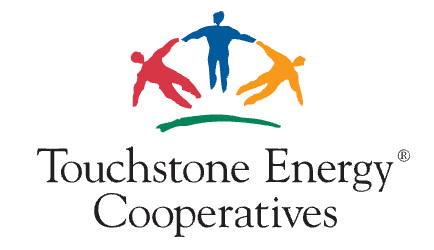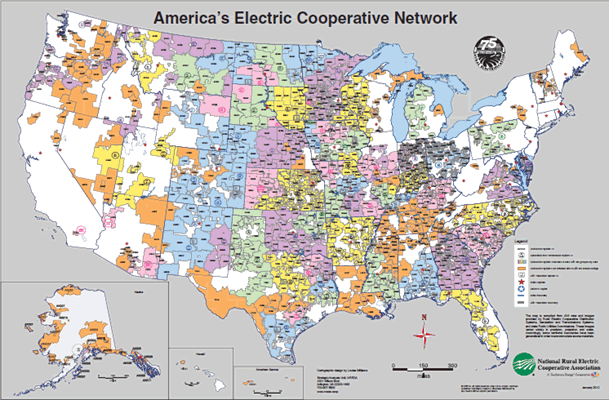
- Voluntary and Open Membership
Cooperatives are voluntary organizations, open to all persons able to use their services and willing to accept the responsibilities of membership, without gender, social, racial, political or religious discrimination.
- Democratic Member Control
Cooperatives are democratic organizations controlled by their members, who actively participate in setting policies and making decisions. The elected representatives are accountable to the membership. In primary cooperatives, members have equal voting rights (one member, one vote) and cooperatives at other levels are organized in a democratic manner.
- Members’ Economic Participation
Members contribute equitably to, and democratically control, the capital of their cooperative. At least part of that capital is usually the common property of the cooperative. Members usually receive limited compensation, if any, on capital subscribed as a condition of membership. Members allocate surpluses for any or all of the following purposes: developing the cooperative, possibly by setting up reserves, part of which at least would be indivisible; benefiting members in proportion to their transactions with the cooperative; and supporting other activities approved by the membership.
- Autonomy and Independence
Cooperatives are autonomous, self-help organizations controlled by their members. If they enter into agreements with other organizations, including governments, or raise capital from external sources, they do so on terms that ensure democratic control by their members and maintain their cooperative autonomy.
- Education, Training, and Information
General book graphicCooperatives provide education and training for their members, elected representatives, managers and employees so they can contribute effectively to the development of their cooperatives. They inform the general public, particularly young people and opinion leaders, about the nature and benefits of cooperation.
- Cooperation Among Cooperatives
Cooperatives serve their members most effectively and strengthen the cooperative movement by working together through local, national, regional and international structures.
- Concern for Community
While focusing on member needs, cooperatives work for the sustainable development of their communities through policies accepted by their members.
Learn more about Touchstone Energy Cooperatives
The Touchstone Energy Cooperatives brand represents a nationwide alliance made of more than 700 local, member-owned electric cooperatives in 46 states. Electric cooperatives were established to provide electricity to rural America, and now make up the largest electric utility network in the nation. Touchstone Energy is the national brand identity for that network.
Did you know Electric Cooperatives ...
Total more than 700 local systems in 45 states
Have 30 million member-owners
Distribute power over 2 million miles of line
Serve 56% of the U.S. land mass
Own $1113 billion in generation, transmission, and distribution assets
Touchstone Energy co-ops are owned by the members they serve and are committed to providing reliable electricity at the lowest price possible. In short, co-ops “look out” for the members they serve.
Touchstone Energy co-ops provide high standards of service according to their four core values: integrity, accountability, innovation and commitment to community.

Touchstone Energy co-ops rank well ahead of their industry counterparts when it comes to member satisfaction. Recent data from the American Customer Satisfaction Index (ACSI), one the nation’s most recognized measures of customer satisfaction, gives Touchstone Energy cooperatives an average score of “82” out of a possible 100, outclassing utility industry satisfaction score of “74.”
Follow this link to learn more about Touchstone Energy Cooperatives.

